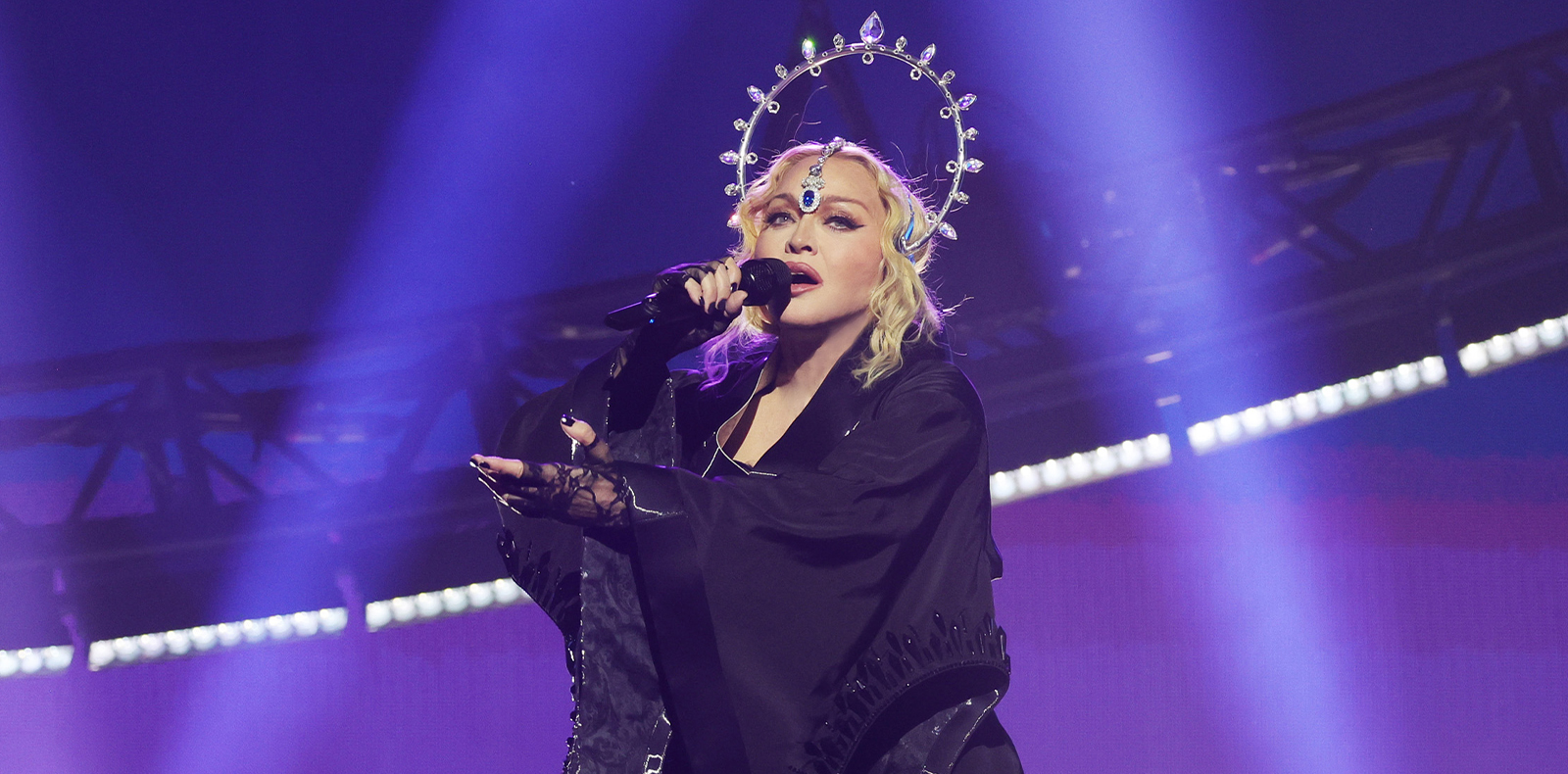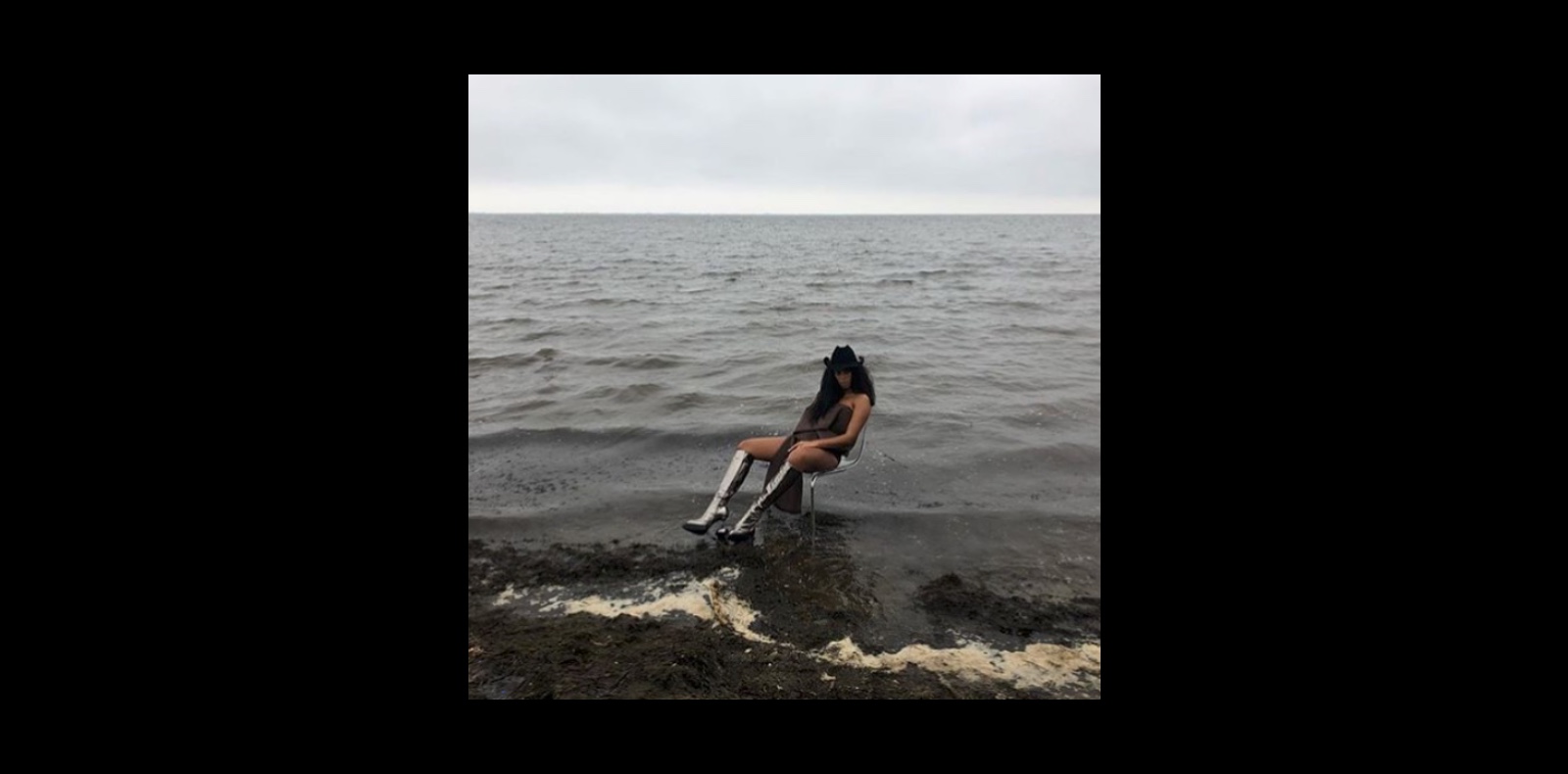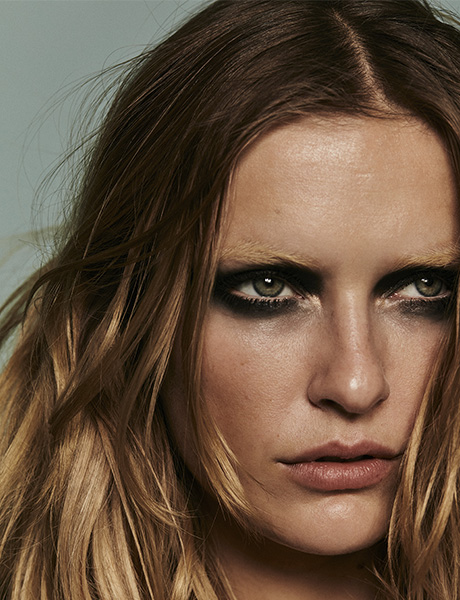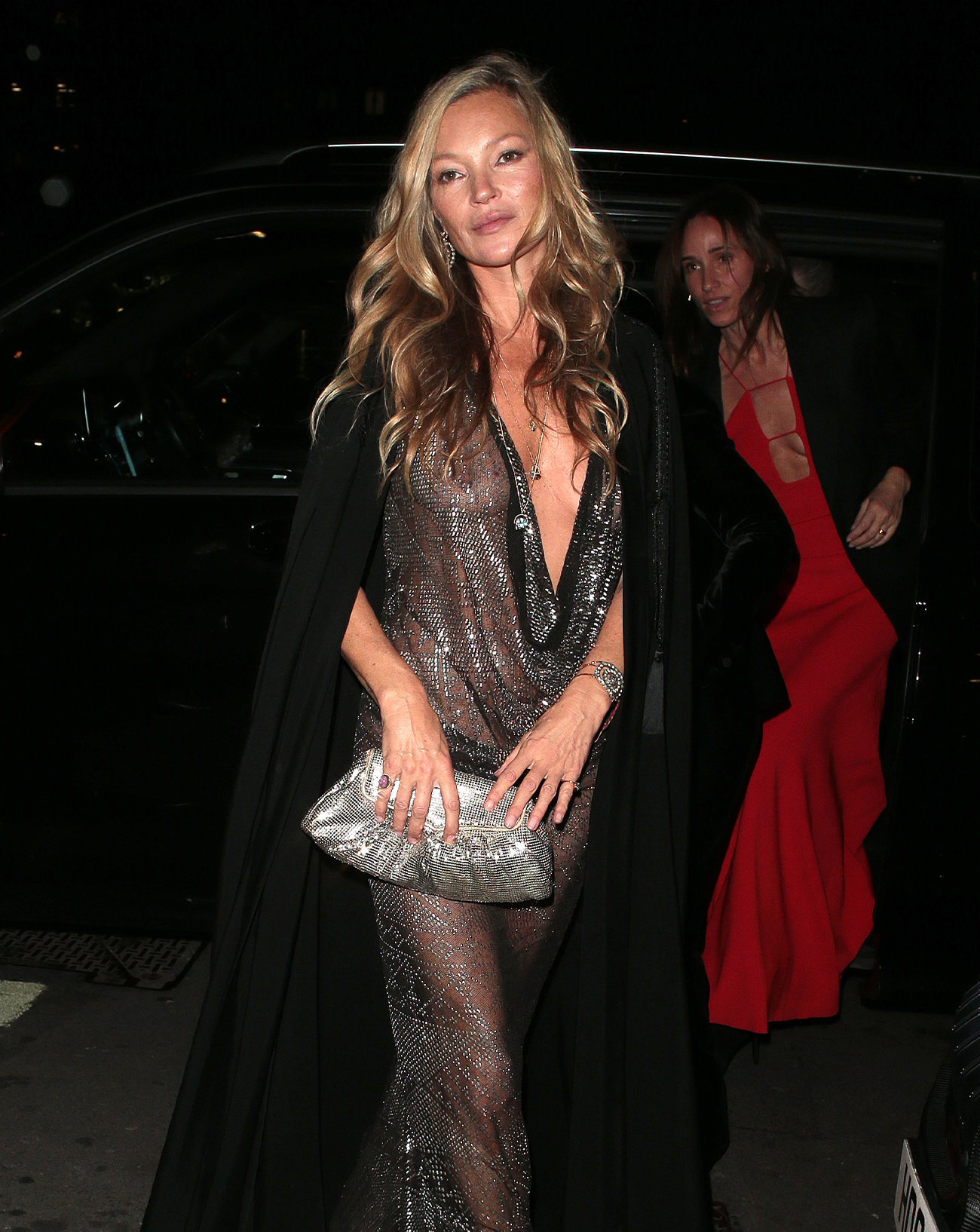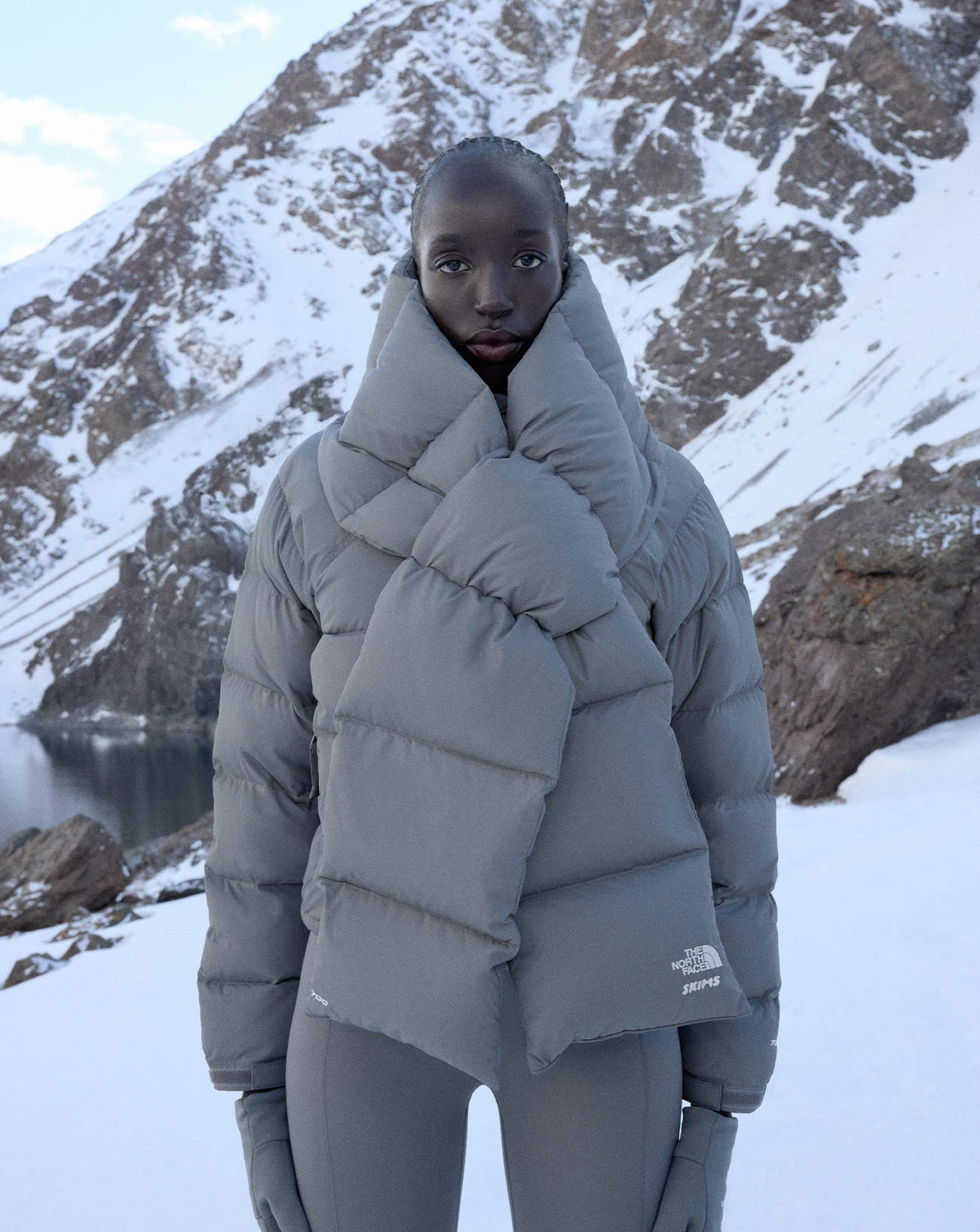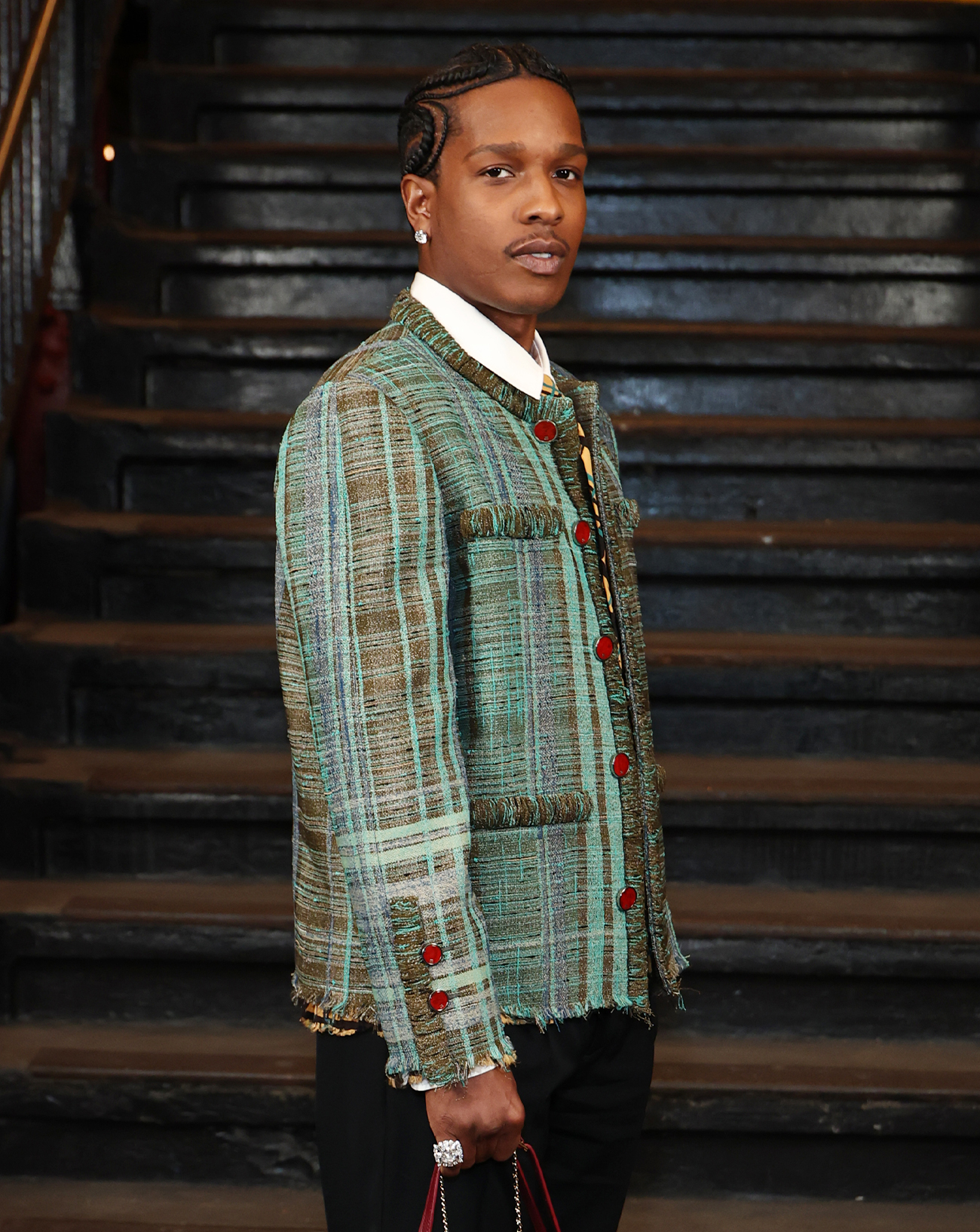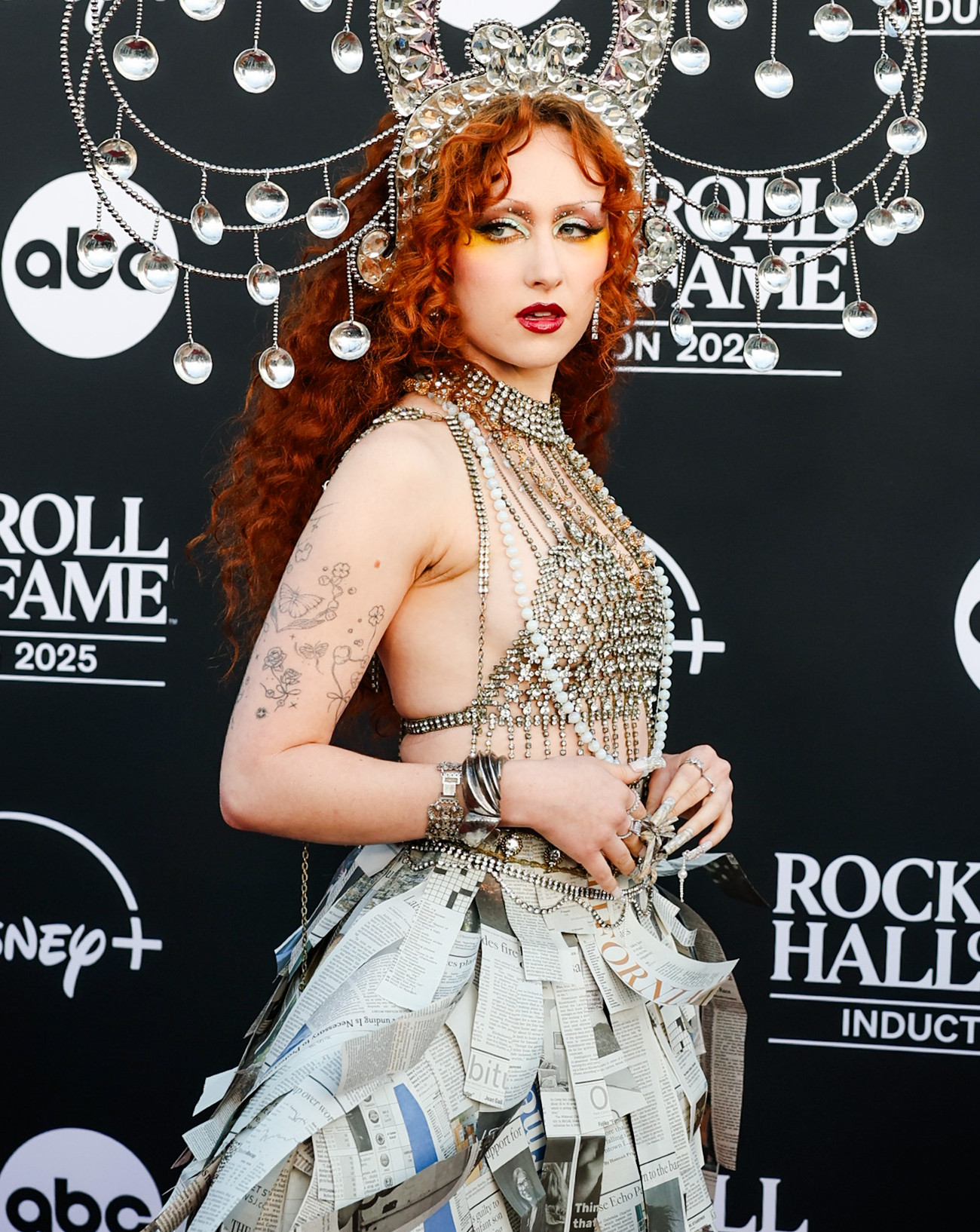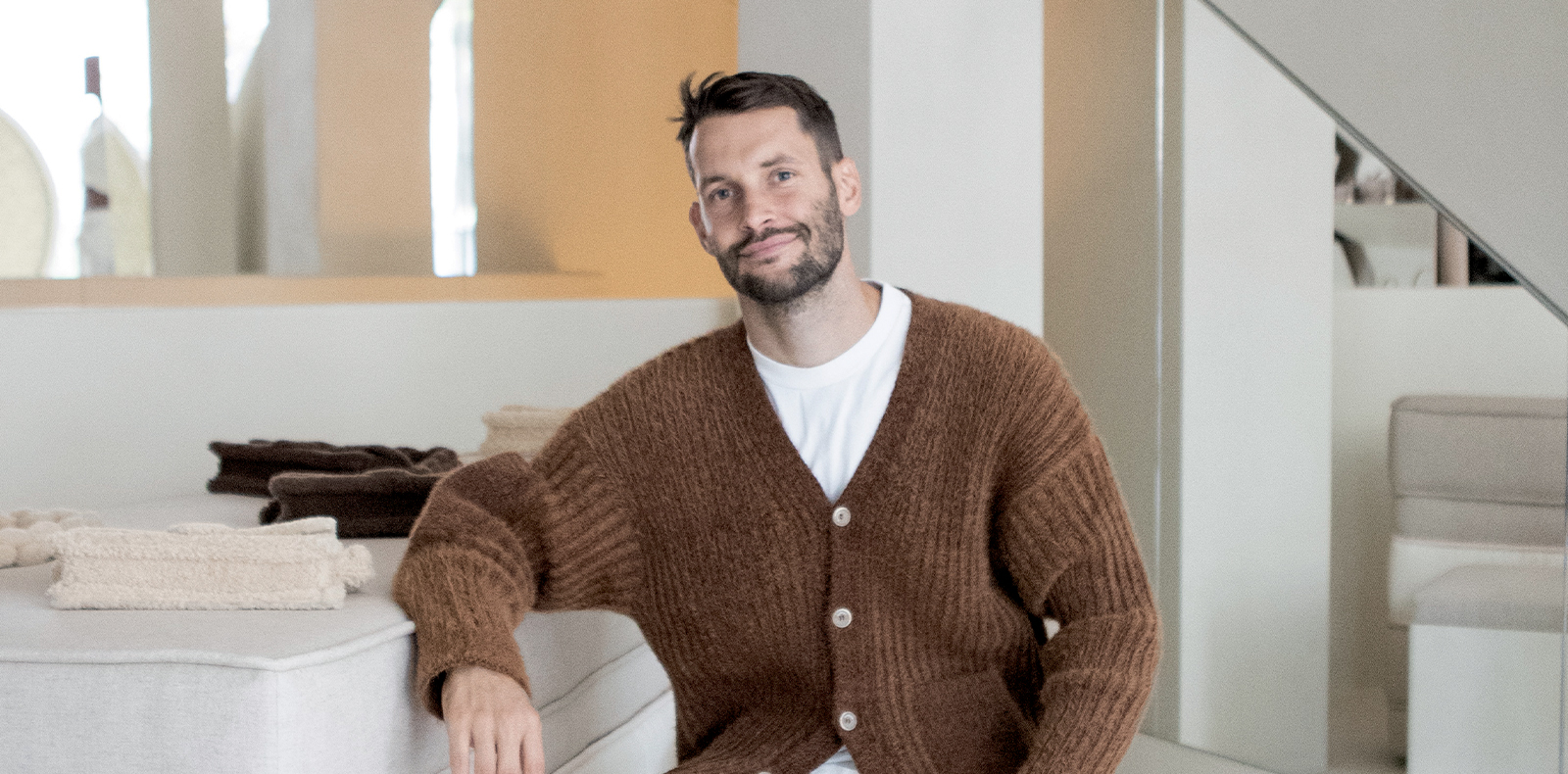
27
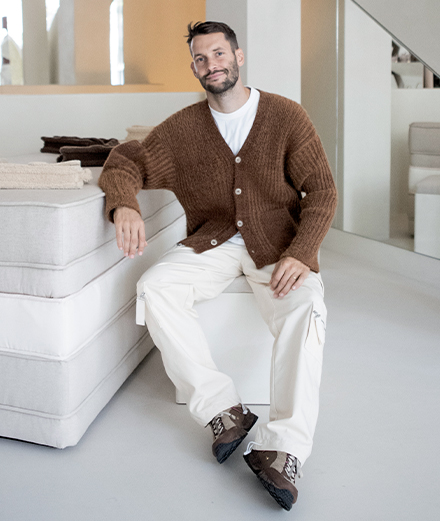
27
Simon Porte Jacquemus tells about his label’s success-story
Since he launched his fashion label in 2009, Simon Porte Jacquemus has conquered hearts and won the respect of the fashion business with his sunny, hedonistic designs. For Numéro, the French designer talks about his childhood and his road to success.
Interview by Delphine Roche.
Published on 27 January 2023. Updated on 20 June 2024.
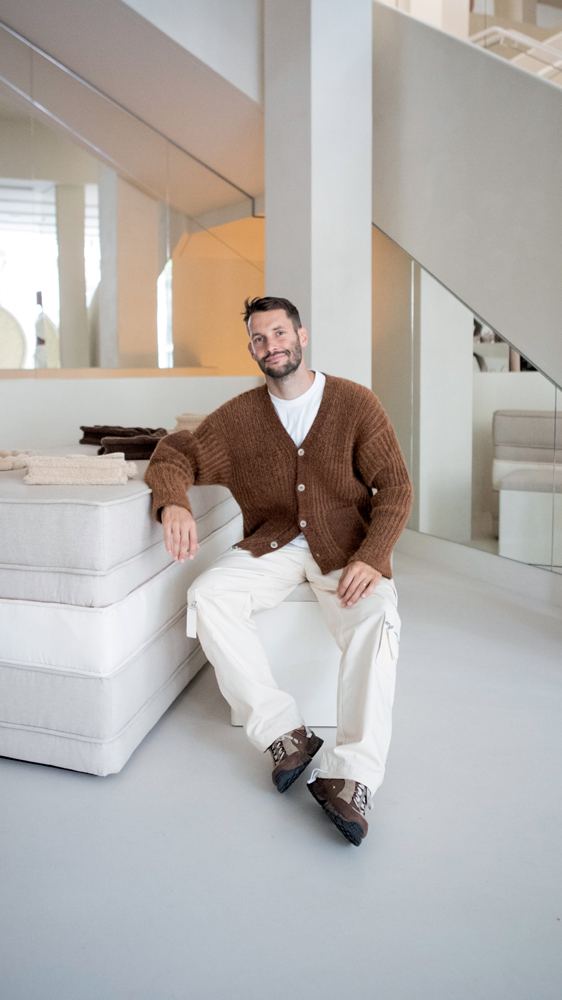
Hailing from the hamlet of Bramejean, to the north of Marseille, Simon Porte Jacquemus has conquered hearts and won the respect of the fashion business with his sunny, hedonistic designs. Under the umbrella of his independent label Jacquemus, he celebrates humour, the poetry of his childhood landscapes and freedom of the body, and has just opened a new boutique on Paris’s prestigious avenue Montaigne. A self- made success story with countless social-media fans, he told Numéro about his inspirations and the road to stardom.
Numéro: Is it true that your fashion début began as a child when you made a skirt from Converse laces and a curtain?
Simon Porte Jacquemus: I’ve always been fascinated by fashion, and was very taken by my mother as a child. She had a very creative way of dressing, like no one else in the village. She’d come to get me from school every day in these incredible outfits… I was often very bored when I was little. One day, I decided I wanted to dress my mother, so I made a skirt out of the linen curtains in our living room with a belt made from Converse laces. She wore it – I was the happiest child in the world! And since then I’ve never stopped designing clothes for her. She has inspired me enormously.
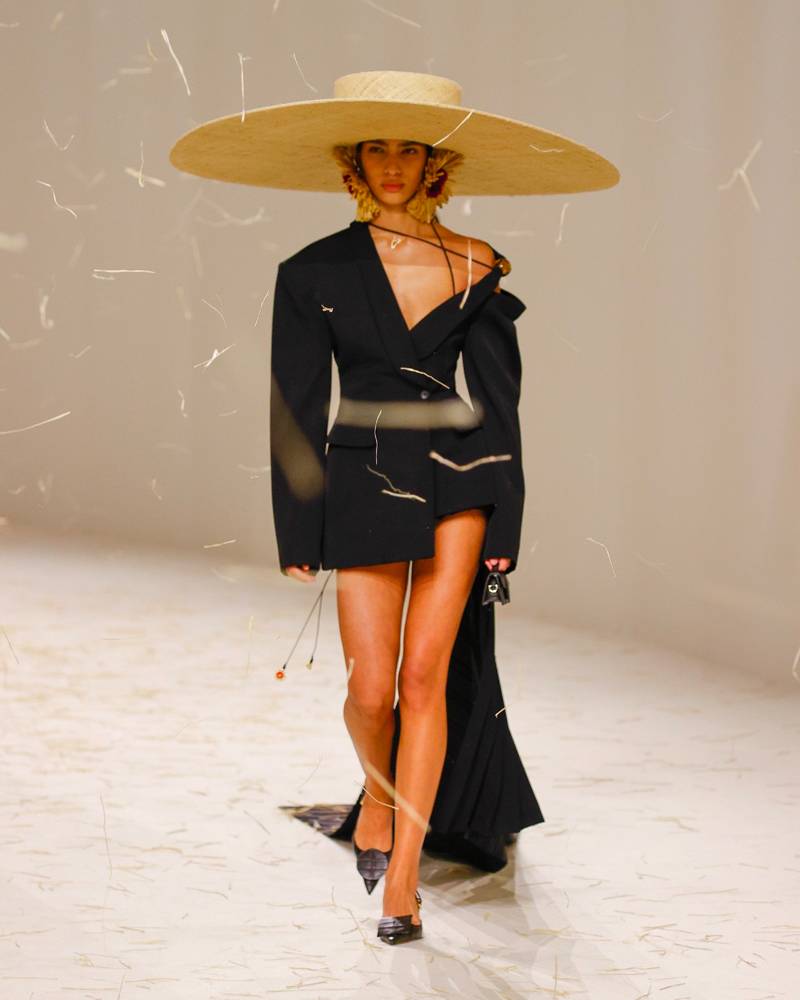
“As a child, I made a skirt out of the linen curtains in our living room with a belt made from Converse laces. My mother wore it and I was the happiest child in the world! ”
What was it like growing up in a rural hamlet, and how did being gay go down there?
I was overflowing with energy, I was obsessed with clothes and I wanted to go to Paris to study fashion. I wanted to create forms, outfits for my mother and grandmother, I talked about it non-stop. I was the only gay boy at school, but when people ostracized or insulted me it just made me want even more to be different. I found a refuge on the Internet with Skyblog and Myspace, where I published photoshoots I did in our garage or in the garden. I was obsessed with fashion – from a very early age I wanted to start my own brand.
In 2011, you organized a happening at the Vogue Fashion Night Out that demonstrated your fresh, novel vision of fashion, outside of the usual canons. With hindsight, how do you view this rather disruptive gesture?
I’ll never forget it! My friends and I were young, we were ready to do anything to make it in fashion and get ourselves noticed. At the time, the Paris fashion scene was a very closed world – getting a foot in the door seemed impossible. I had nothing to lose! I hope every young person has the same motivation and desire for success that I had. My feelings about that night are very positive. Among other things, it allowed me to meet Loïc Prigent and Emmanuelle Alt, who have given me a lot of support since.
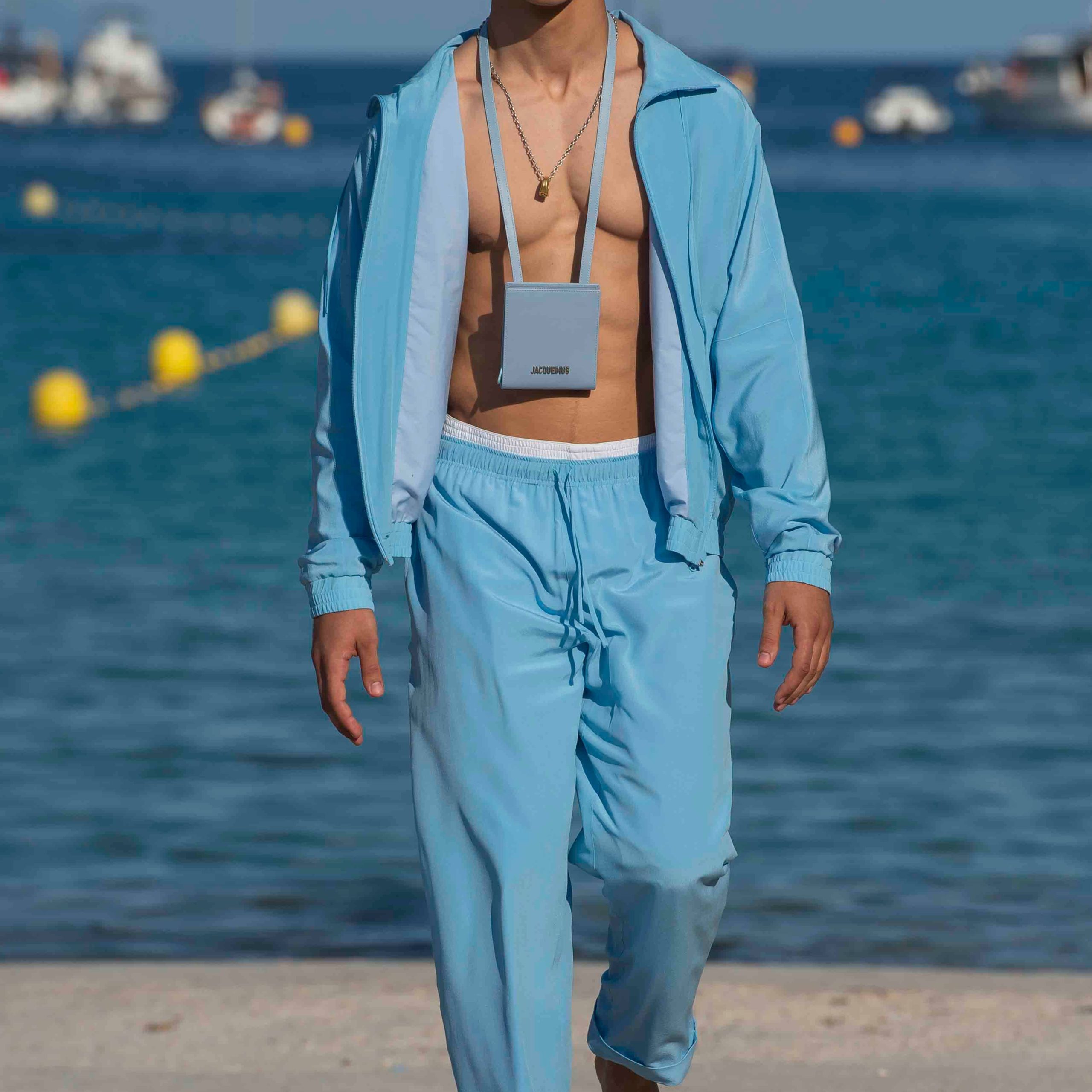
In your vision of fashion, attitude and authenticity play important roles, for example in the show you put on in Hawaii, which emphasized Hawaiian styles and for which you cast only local models.
If I was going to put on a show in Hawaii, I had to respect the local culture. Le Splash was a pop collection inspired by the sea and by the beauty of the sun… It seemed obvious that we should cast local models and produce the pieces in Hawaii as authentically and naturally as possible. The runway was just a blue line, a simple gesture that respected the space and the natural surroundings. I was determined that the collection should integrate organically into those incredible landscapes.
“The South of France is part of both my and my brand’s identity. The landscapes and views I grew up with have constantly fed into my collections.”
After the Hawaii collection, which was full of humour and irony, you announced you’d be taking a more sophisticated approach. Is that a definitive decision or will pop humour always be part of your vocabulary?
In my June runway show, titled Le Papier, I wanted to come back to something more minimal, sensual and romantic. It was also a declaration of love to my husband, Marco Maestri… For my next show, Le Raphia, pop colours and prints will be mixed with minimal, sensual garments. Pop references and subversion will always be part of my vocabulary.
You’ve put on runway shows in Marseille and in a field of lavender at Valensole for your brand’s tenth anniversary. As a native of the region, do you feel a need to show an international audience a different version of the South of France, far from the clichés of Nice, Saint-Tropez and the Riviera?
The South of France is part of both my and my brand’s identity. The landscapes and views I grew up with have constantly fed into my collections. It’s important for me to tell stories linked to these references, not only in my runway shows but also in the types of image I post on social media, which are part and parcel of the whole Jacquemus universe.
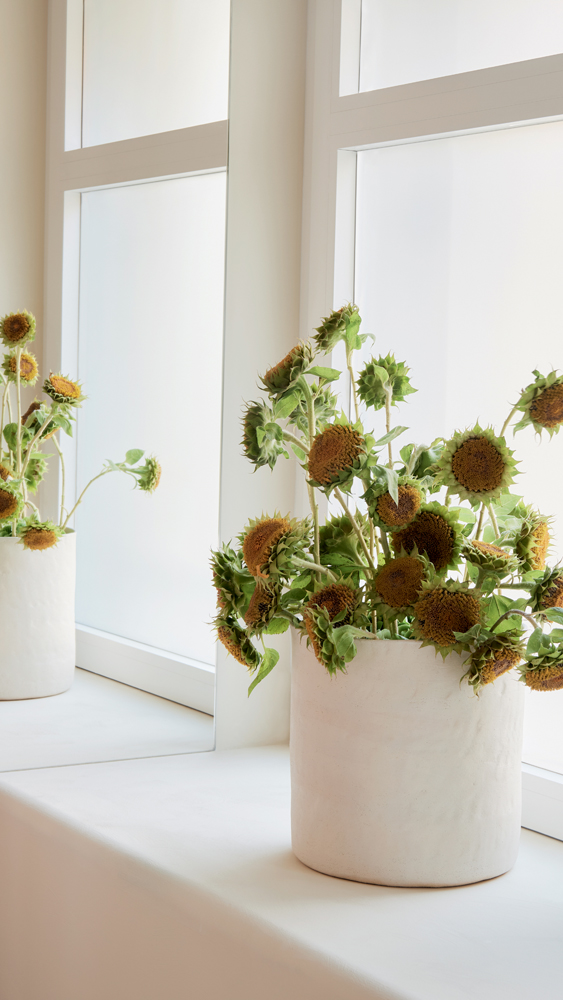
Even in your most structured clothes, there’s always a poetry of the body. That seems to be something that’s very important to you?
It’s very important to me to preserve these forms of mine each season. I like to use references from previous Jacquemus collections and to reinterpret certain garments. It’s an essential exercise for me.
What do you think it is that seduces your clients? What feedback have you had from your sales staff?
I couldn’t say exactly what my clients come looking for. I hope it’s the Jacquemus universe – an energy that’s positive, sunny and sensual, a certain poetry that bursts forth in the movement of a garment, a smile…
“I’m very proud of having opened a Jacquemus space on avenue Montaigne. (…) It’s a childhood dream.”
When you opened your new avenue Montaigne store in September, there was a line-up to get in that went round the block. Are you proud of your success on a celebrated thoroughfare that symbolizes Parisian luxury fashion?
Yes, I’m very proud of having opened a Jacquemus space on avenue Montaigne. As an independent designer, it seemed impossible to get a foothold there next to the giants of the luxury industry. It’s a childhood dream. I’m very proud of the distance we’ve travelled with our teams – it was an emblematic event for our us and for our clients. I wanted to offer them an immersive Jacquemus experience where they could discover the clothes, touch the fabrics, look at artworks that inspired me, and wander around like in an art gallery, eating popcorn! That’s Jacquemus, not just coming to buy clothes but immersing yourself in an experience.
While many young designers launch their own label in the hope of being hired by a big brand, you’ve always said you want to remain independent and work under your own name. Today, how do you see your brand developing?
Yes, I want to remain independent. That’s essential. I started Jacquemus to create my own version of fashion and play freely with codes, forms and fabrics. In a big fashion house, I’d probably lose that freedom…






